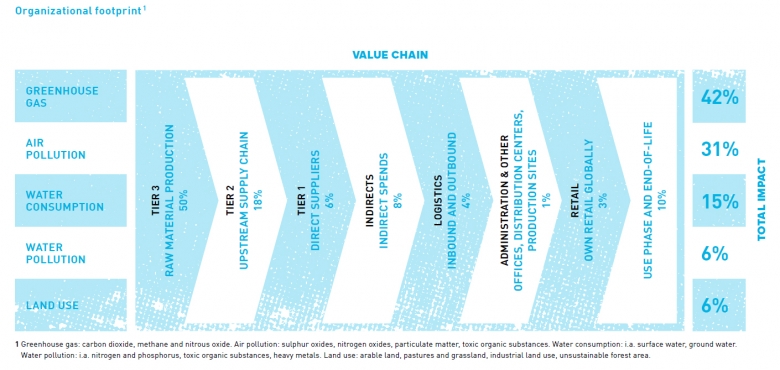Unveiling the Value of ESG Data
ESG reporting has been a norm for quite a few years. Every year, companies spend efforts collecting their environmental, social and governance (ESG) data and disclosing the performance. Particularly for quantitative ESG data, it requires commitments from various departments and business units to check and collect. While most companies collect and disclose the data at the back of their ESG reports or with highlights in corresponding sections, many of them fail to optimise this information by analysing their data to improve their performance. Below are the three ways which companies could make better use of their ESG data to bring better value to their companies.
Protecting against operational risks
It is fundamental for companies to comply with local laws and regulations to operate. It is common that companies monitor ESG performance of their core operations against requirements of local laws and regulations. However, many of them do not or are not able to collect ESG data from business partners and suppliers along their value chains, particularly upstream suppliers who are often small in scale. Companies which procure from suppliers without knowing about their ESG performance are at risks of supply chain disruption if the suppliers’ operations are suspended due to breaches of laws and regulations. Collecting and managing suppliers’ ESG performance enable companies to better manage their operational risks throughout their end-to-end operational cycles.
Adidas Group, one of the world largest sportswear manufacturing and retail companies, closely monitors its organizational footprint along its value chain by (i) production stage: from its retail operation down to raw material production suppliers (i.e. tier 3 suppliers) and (ii) types of impact: from emissions to pollution and land use (link). Through close monitoring of ESG data of suppliers, companies could identify possible risks at an earlier stage and implement action plans effectively.

While it is difficult, if not impossible, for companies to collect all their suppliers’ ESG data, they are recommended to priorities their suppliers and assess their ESG performance according to:
- Dependence on the suppliers – whether it is difficult to find alternative suppliers or whether the suppliers account for significant amount of procurement spending
- ESG risks of the suppliers – whether the suppliers, by location and industry, are potentially exposed high ESG risks (e.g. natural resource scarcity, lack of pollution managing facilities, labour trafficking and human rights)
Optimising business operation
Most investors and stakeholders now see ESG performance as companies’ indirect financial performance as it affects companies’ financial performance in the medium to long term (link). However, most companies disclose their ESG data in ESG/sustainability reports without further analysis of how their ESG performance impact business. They are advised to identify key ESG indicators which are closely linked to their businesses and to holistically manage the operations, allowing them to make informed decisions with developing their overall business strategy.
Bank of East Asia, a bank with major operation focusing on Hong Kong and Mainland China, identified paper waste as one of their major ESG topics to address in their operation. Staring from 2016, the bank started implementing branch digitalisation as part of the operational approach to reduce paper consumption while at the same time to improve operating efficiency. Their efforts resulted in an average reduction in paper consumption per branch of 40%, year on year. The paperless approach also creates better environment and enhances operating process in branches, which helped contribute to increase of customer satisfaction by 5 percentage point and sales by 30% compared to its other traditional branches. (link)
Understanding sustainability culture of companies
Geoffrey Burger, CEO of Culture Capital, a company which assesses company culture formation by assessing its ESG data, stated that corporate culture could define financial success of a company. Using ESG data to understand company culture may be something investors are interested in, as it could help them make long-term investment decisions (link). Geoffrey concluded that “If a company has a very diverse set of opinions and diverse workforce, and it’s engaging its customers in real open dialogue, then the types of products they manage, the types of solutions that they’re coming up with, will be more creative and embracing more of the sustainable trends that we see in the marketplace.”
In other words, companies could review their ESG data and consider those as building blocks of their corporate culture, those include data such as Board diversity, workforce composition, transparency, employee retention, and community engagement. Companies are advised to identify ESG indicators which could demonstrate their desired corporate culture, and measure effectiveness regularly. Active engagement with employees allows companies to understand their expectations and perspectives on the companies’ ESG approach, which is useful as part of the sustainability culture formation process.
ESG data provides companies objective performance of their operations on different sustainability topics, those should be closely aligned with their operations and development such as protecting against operational risks along value chains, optimising business operation and forming of desired corporate sustainability culture. In other words, ESG analytics should not be treated and analysed separately, it is a means for company to better understand its business and for them to gain positive impacts.
